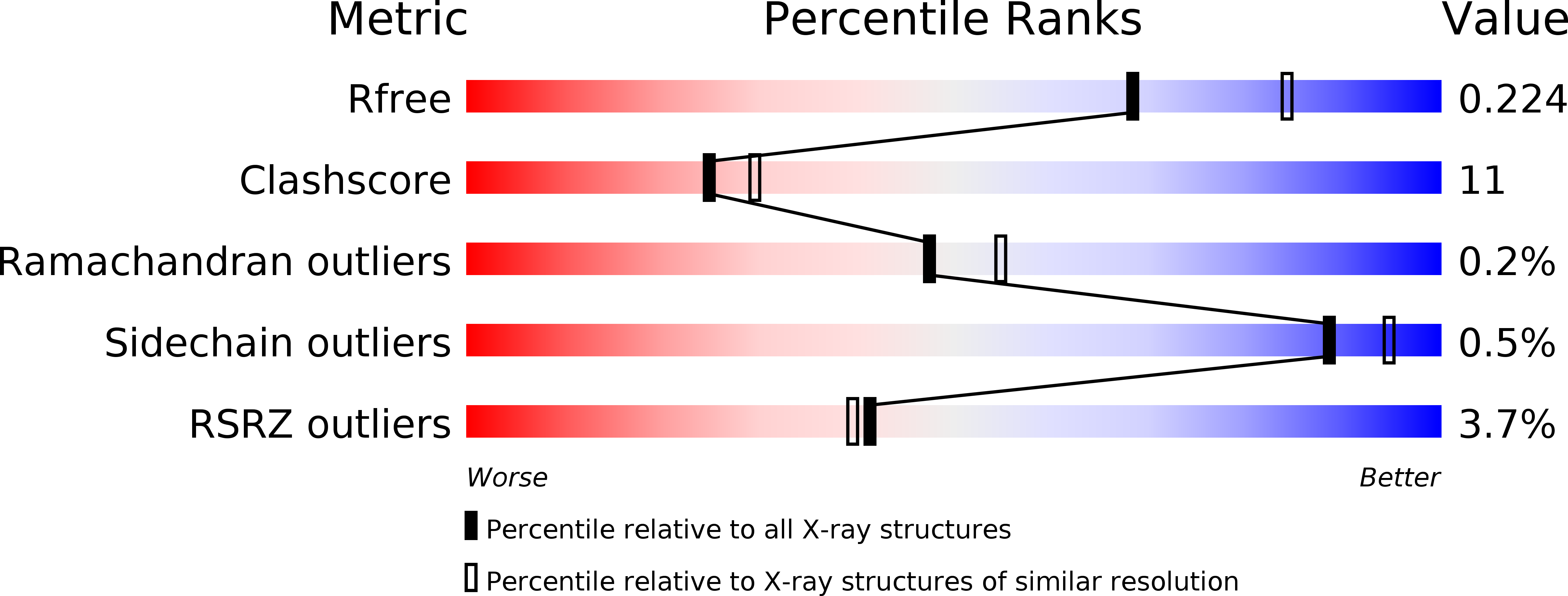
Deposition Date
2012-01-17
Release Date
2012-06-27
Last Version Date
2024-02-28
Entry Detail
PDB ID:
4DCK
Keywords:
Title:
Crystal structure of the C-terminus of voltage-gated sodium channel in complex with FGF13 and CaM
Biological Source:
Source Organism:
Homo sapiens (Taxon ID: 9606)
Host Organism:
Method Details:
Experimental Method:
Resolution:
2.20 Å
R-Value Free:
0.22
R-Value Work:
0.20
R-Value Observed:
0.21
Space Group:
P 21 3


